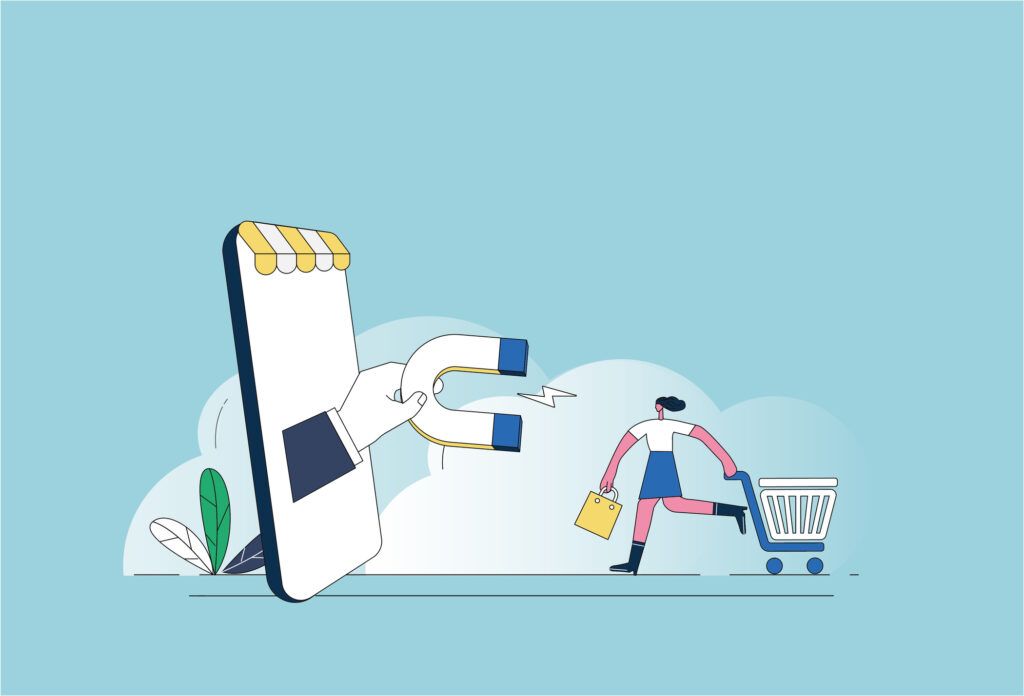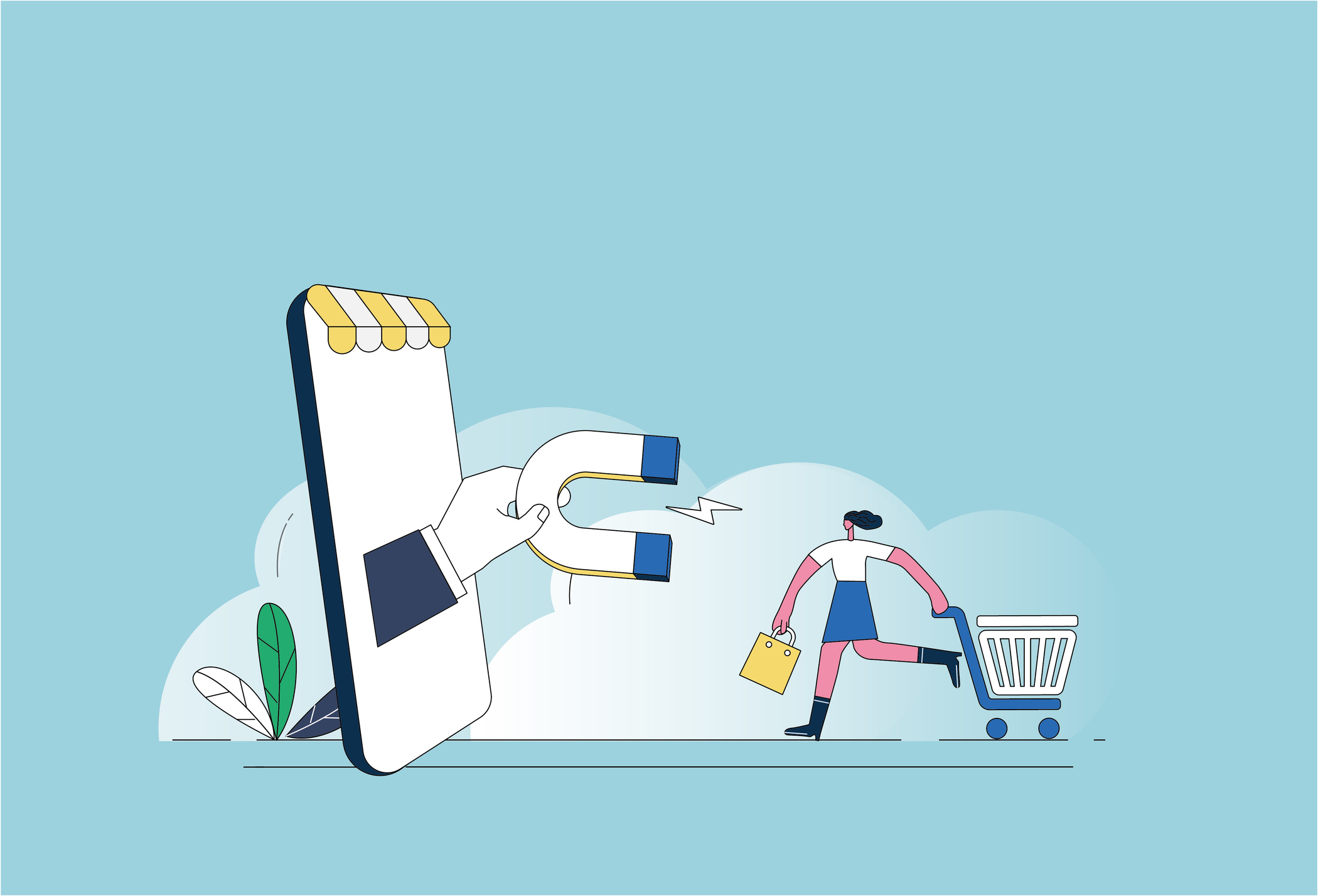
In the landscape of business growth and development, there lies a perennial debate: Should businesses focus more on acquiring new customers or retaining existing ones? While attracting new customers is undoubtedly essential for expanding your market reach, the benefits of customer retention cannot be overstated. Here’s why prioritizing customer retention could be the most strategic move for your business.
Understanding the Essence of Customer Retention
Customer retention refers to a company’s ability to turn customers into repeat buyers and prevent them from switching to a competitor. It’s a reflection of a brand’s ability to deliver value and maintain a strong relationship with its clientele over time. Efficient customer retention strategies can lead to increased customer lifetime value (CLV) and a sustainable business model.
Advantages of Retention vs Acquisition
Cost Efficiency
Acquiring a new customer can cost five to twenty-five times more than retaining an existing one, according to research by Harvard Business Review. The expenses associated with marketing, sales efforts, advertising, and promotions to attract new customers significantly outweigh the costs of maintaining relationships with current customers. By investing in customer retention strategies, businesses can enjoy a higher return on investment (ROI) with relatively lower spending.
Increased Customer Lifetime Value (CLV)
Customer lifetime value is a critical metric that represents the total revenue a business can expect from a single customer account throughout their relationship. Retained customers often have a higher CLV because they are more likely to make repeat purchases and increase their spending over time. Loyal customers who trust your brand will opt for more premium services or products, contributing to higher average transaction values.
Enhanced Customer Feedback and Innovation
Established customers provide a wealth of information through their feedback and purchasing behaviors, offering invaluable insights into product performance and customer preferences. This feedback loop is vital for innovation, allowing businesses to refine their offerings based on real-world usage. Furthermore, engaged customers can become co-creators, suggesting improvements or new products that can lead to successful market introductions.
Word-of-Mouth Marketing
Satisfied and loyal customers are more likely to recommend your brand to their peers, providing a powerful form of word-of-mouth marketing. Personal recommendations carry a weight of trust that no form of traditional advertising can match, leading to an organic growth fueled by customer advocacy. This not only helps in acquiring new customers at a lower cost but also strengthens the brand’s reputation in the market.
Stronger Brand Resilience
Businesses with a solid base of loyal customers enjoy greater resilience during challenging times, such as economic downturns or competitive upheavals. Retained customers provide a stable revenue stream and are less likely to shift their allegiance to competitors, offering businesses a competitive edge and cushioning against market volatilities.
Fostering a Sense of Community
Long-term customers often feel a deeper connection to the brands they support, fostering a sense of community and belonging. This emotional engagement increases customer loyalty and satisfaction, further enhancing the retention rate. A vibrant community can also serve as a feedback mechanism, offering fresh insights and fostering a participatory culture that values customer input.
Strategies for Boosting Customer Retention
In the world where acquiring a new customer can be five times more expensive than retaining an existing one, businesses are increasingly focusing on unlocking the secrets of customer retention.
Deliver Exceptional Customer Service
The bedrock of customer retention is exceptional customer service. Customers expect not just to be treated well but to receive fast, convenient, and personalized service. Investing in training for your customer service team and equipping them with the necessary tools ensures they can provide assistance that exceeds expectations.
Tip: Implement an omnichannel customer service approach to allow customers to reach you through their preferred method of communication, whether that’s email, phone, live chat, or social media.
Engage in Effective Communication
Keeping the lines of communication open with your customers is crucial. Regular updates about your products or services, along with personalized messaging, can make customers feel valued. However, it’s also important not to overwhelm them with too much communication.
Tip: Utilize customer segmentation to tailor your messaging so that it resonates with different groups within your customer base.
Implement a Customer Loyalty Program
Customer loyalty programs are a fantastic way to encourage repeat business. These programs reward customers for their loyalty, incentivizing them to continue choosing your brand over competitors.
Tip: Ensure your loyalty program offers real value and is easy for customers to participate in. Consider both monetary rewards, like discounts and special offers, and non-monetary rewards, such as exclusive access or early product releases.
Solicit and Act on Customer FeedbackSoliciting feedback from your customers is a powerful way to demonstrate that you value their opinions and are committed to improving. More importantly, acting on this feedback can lead to tangible improvements in your products or services.
Tip: Utilize surveys, social media listening, and direct feedback channels to gather insights. Always follow up on feedback to show customers you’re listening and making changes based on their input.
Focus on Personalization
In today’s market, personalization is key to standing out. Customizing the shopping experience or product recommendations based on the customer’s past behavior can make a big difference in how valued they feel by your brand.
Tip: Use data analytics to understand customer behavior and preferences. Then, leverage this information to deliver personalized marketing messages, emails, and product recommendations.
Create a Seamless User Experience
A seamless, hassle-free user experience is essential for retaining customers. This includes easy navigation on your website, a straightforward purchasing process, and providing helpful resources that address common customer queries and challenges.
Tip: Regularly audit your website and purchase process to identify and remove any friction points. Consider tools like heat maps to understand how users interact with your site.
Build a Community Around Your Brand
Fostering a community around your brand can lead to higher customer engagement and loyalty. Customers feel a part of something bigger, which strengthens their emotional connection to your brand.
Tip: Leverage social media platforms, forums, or even your website to create spaces where customers can engage with each other and your brand. Sharing stories, experiences, or user-generated content can further enrich this community.
Closing Thoughts
In the digital age, where options abound, businesses must work harder than ever to retain customers. By focusing on delivering exceptional value and building strong relationships with your customers, you can encourage loyalty that lasts. Remember, retention strategies are not one-size-fits-all; they require continuous evaluation and adaptation to the changing needs and preferences of your customer base.
Begin implementing these strategies today and watch as your customer retention rates—and your business—start to soar.



